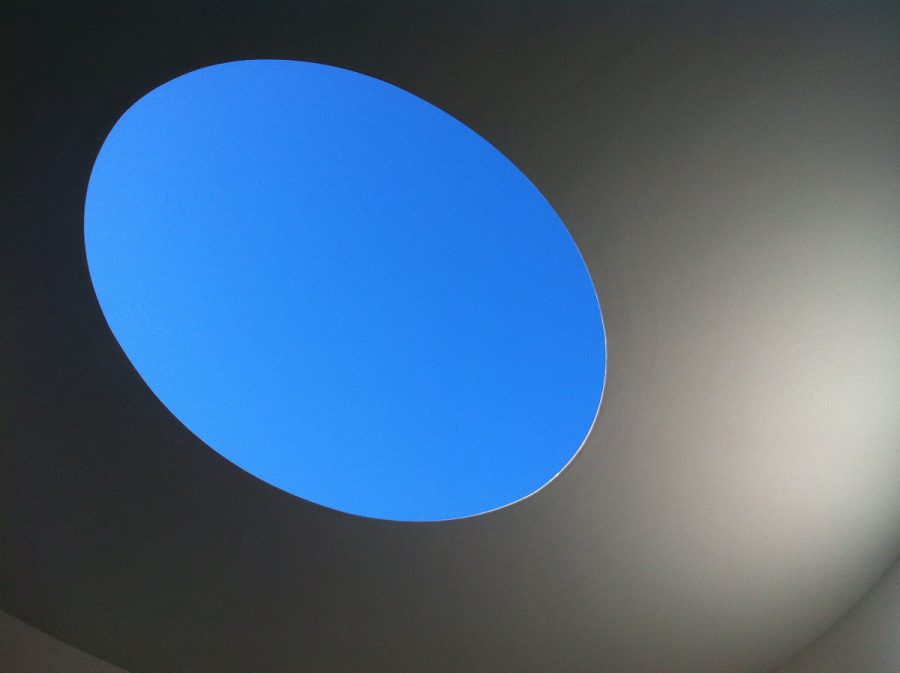UT’s Skyspace installation challenges views of everyday stimulus: Light, color
We are already more than a month into 2016 and Drake’s “Hotline Bling” is still one of the most talked about music videos in the industry. While Drake’s dance moves are arguably the main topic of conversation surrounding the video, the unique colored sets that serve as the backdrop have also been the subject of much Internet input.
The name James Turrell may not ring any bells for most Drake fans, but after the “Hotline Bling” music video, Turrell has a closer connection to the rap star than many fans may realize.
James Turrell is an American artist from California who is concerned with light and space. His neon glowing light installations are reminiscent of the glowing backgrounds in Drake’s video, and it didn’t take long for the art world to call appropriation on Drake.
Turrell didn’t work on the “Hotline Bling” music video, leading many people to accuse Drake and the director of the video of violating Turrell’s artistic integrity. Luckily there seems to be no hard feelings as the artist released a statement saying he was “truly flattered” that Drake was inspired by his work.
It is no shock that Drake was influenced by Turrell. His mesmerizing works combining light, color and space have won him numerous awards and accolades since the start of his career in the 1960s. To put his influence in perspective, he has worked on installations in 22 countries around the world and 17 US states.
Turrell has often stated that he is inspired by human conception and creation of light and space. He references the parable of Plato’s cave as evidence that our reality is one of our own creation, subject to our own senses in addition to our multi-layered cultural and social contexts.
“My work has no object, no image and no focus. With no object, no image and no focus, what are you looking at? You are looking at you looking. What is important to me is to create an experience of wordless thought,” Turrell said.
Interested in giving Turrell’s theory about sensory construction to the test? You don’t have to go very far. The University of Texas is lucky to have one of Turrell’s Skyspace installations on the roof of it’s Student Activity Center.
Skyspace is a circular room with an oculus, or round opening, in the center of the ceiling. The circumference of the room is lined with benches where viewers are invited to sit and look up at the sky. At sunrise and sunset, light sequences wash the walls of the room with colors that alter the way we see the sky. The installation challenges the way we think about light, color, nature and the way we see the world around us.
Thanks to Landmarks, the public art program of UT, Skyspace is completely free to all visitors. The hours of the exhibit vary slightly depending on the time of year, as the lights are synched to the rising and setting of the sun; but turrell.utexas.edu has an updated operating shedule of Skyspace.







